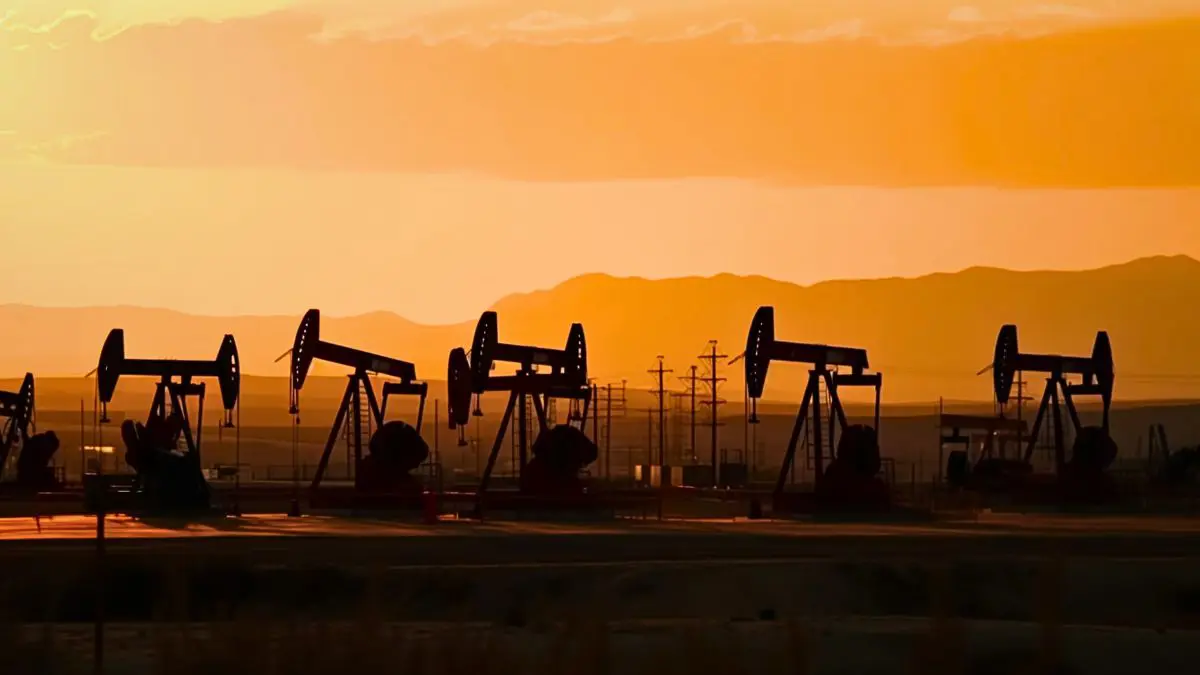Oil prices surge 6% as Israel strikes Iran, raising fears of Middle East conflict
By Axel Miller | 13 Jun 2025

Oil prices surged sharply on Friday, climbing more than 6%, after Israel launched a surprise strike on Iranian military and nuclear targets—an escalation that immediately stoked fears of wider conflict in the Middle East and potential disruptions to global oil supply.
Brent crude jumped $4.60, or 6.63%, to $73.96 per barrel, after briefly touching $78.50—its highest point since late January. Meanwhile, U.S. West Texas Intermediate (WTI) crude rose by $4.99, or 7.33%, to $73.03, hitting a session high of $77.62. These are the steepest intraday gains for both contracts since the energy shock following Russia’s 2022 invasion of Ukraine.
The market reaction was swift. Israel confirmed it had targeted Iranian ballistic missile production facilities, nuclear sites, and top military commanders. It described the operation as the start of a sustained campaign to prevent Iran from developing nuclear weapons.
Market on edge over retaliation and supply disruption
While oil supply fundamentals remain unchanged for now, the geopolitical risk premium has returned with full force. Traders and analysts say much depends on how Iran responds—and whether its retaliation will be confined to Israel or expand into a broader regional confrontation.
“The key question now is whether Iran’s response remains localised or escalates to include attacks on infrastructure or shipping in the region,” said Helima Croft, head of global commodity strategy at RBC Capital.
Of particular concern is the Strait of Hormuz, a vital maritime chokepoint through which nearly 20% of the world’s oil flows—roughly 18 to 19 million barrels per day. A shutdown or serious threat to traffic through the Strait could have a dramatic effect on prices and energy supply chains.
Traders in Asia remained cautious. “Too early to tell,” said one Singapore-based trader. “But the concern is definitely about the Strait and how the U.S. might respond.”
Barclays analyst Amarpreet Singh also warned of a worst-case scenario where the conflict spreads to other regional oil and gas producers, or directly impacts shipping. So far, however, he noted that there has been no material drop in Iranian output.
Political and economic fallout
In a televised statement, Iran’s Supreme Leader Ayatollah Ali Khamenei promised “harsh punishment” for Israel, confirming that several senior commanders had been killed in the strike.
Meanwhile, U.S. officials sought to distance themselves from the incident. Secretary of State Marco Rubio described the Israeli action as “unilateral,” stating that the U.S. was not involved. He also cautioned Iran against retaliating against American assets or personnel.
If tensions continue to escalate and oil prices rise further, the economic impact could be widespread. “Should oil get caught in the crossfire, we expect the U.S. to lean on OPEC to tap spare capacity and help stabilize prices,” added Croft.
The spillover hit financial markets as well. Asian stocks plunged in early trading, with U.S. futures leading the decline. Investors rushed to traditional safe havens like gold and the Swiss franc amid the heightened uncertainty.
Summary
Oil prices soared over 6% following an Israeli strike on Iran’s military and nuclear infrastructure, sparking concerns about regional conflict and potential disruption to vital oil flows through the Strait of Hormuz. While fundamentals remain stable for now, traders and analysts warn that any broader escalation could have serious implications for energy markets and the global economy.
FAQs: Israel-Iran tensions and oil market impact
1. Why did oil prices surge so sharply after the Israeli strike on Iran?
The strike significantly heightened geopolitical tensions in the Middle East, a region that supplies a large share of the world’s oil. Markets reacted to the risk of supply disruption, particularly through the Strait of Hormuz—a crucial oil transit chokepoint.
2. What is the Strait of Hormuz, and why is it so critical?
The Strait of Hormuz connects the Persian Gulf with the Arabian Sea and is the passageway for nearly 20% of global oil shipments—about 18–19 million barrels per day. Any disruption here can send oil prices soaring.
3. Has oil production or supply actually been disrupted yet?
As of now, there is no confirmed disruption to Iranian oil production or regional supply chains. The surge in prices is driven by market fears of potential escalation rather than current supply cuts.
4. Could the conflict spread to other oil-producing countries?
Yes. Analysts warn that if Iran chooses to retaliate beyond Israel—by targeting oil infrastructure in neighboring countries or interfering with shipping lanes—it could affect other key producers in the region like Saudi Arabia, Iraq, or the UAE.
5. How are global markets reacting beyond oil?
Equity markets, particularly in Asia, saw early sell-offs amid the news. Investors are seeking safety in assets like gold and the Swiss franc, reflecting rising anxiety about broader geopolitical instability.
6. What has been the U.S. response to the Israeli strike?
The U.S. has stated it was not involved in the strike, calling it a “unilateral” Israeli action. Washington has urged Iran not to retaliate against American interests in the region.
7. Could oil prices keep rising?
Yes, if the situation escalates or if the Strait of Hormuz becomes threatened or blocked. However, if diplomatic efforts contain the conflict and supply chains remain stable, prices could stabilize.
8. What might OPEC do in response to rising prices?
If oil prices continue to climb and threaten global economic stability, OPEC may be called upon—especially by large consumer countries like the U.S.—to release spare production capacity to cool the market.
9. How does this affect global inflation concerns?
Rising oil prices increase transportation and manufacturing costs, which can feed into broader inflation. Central banks and governments will be watching closely for any signs of prolonged price pressures.
10. What should businesses and investors monitor next?
Key developments to watch include Iran’s response, any movement near the Strait of Hormuz, diplomatic statements from global powers, and shifts in OPEC’s production stance.






















